Click below to watch the video
What is the origin of the Ka’ba? Who was King Tubba? Why was a cube shape used for the Ka’ba? Why is the cube shape special in ancient Petra? Why is it important to the Children of Abraham?
Transcript
Q&A Video #33 This is a general transcript of a Dan Gibson video.
Hello, I am Dan Gibson, and this is another Question and Answer Video. Today’s question has been asked by several people.
What are the origins of the Ka’ba? Why is it a cube? Where did the people get this idea from? Did it come from pre-Islamic history? Does it go back to Abraham? So several questions about the Ka’ba building.
First, for those of you who do not know much about Islam, the Ka’ba is a building. It is a cube shaped building, with a large black cloth over it, making it look like a large square black object. Worshipers circle around this cube shaped building. There are many people who think that the Ka’ba building is the black stone itself.
So, first of all, let’s put that idea to rest. The black stone is held in a silver container. It a small basalt type stone, possibly a meteorite. During the fighting over the stone, it was broken into seven pieces. These pieces are placed in a silver holder, which is attached to one corner of the Ka’ba building.
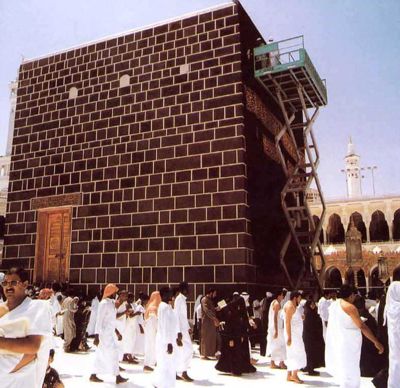
The Jews, also the children of Abraham use a cube shape block for certain celebrations
I call the Ka’ba a building, because that is what it is. The Ka’ba is made of stone blocks. Here is a photo of it, with the cover removed. It has a very large high door in one side, and inside there are a number of pillars. Here are some photos of the inside of the Ka’ba building. The Saudi Royal family is visiting the inside of the Ka’ba.
Al Ṭabarī tells us of a pagan Yemeni king, Al Tubba, around 400 AD, who marched north out of Yemen. (al-Ṭabarī starting about pg. 122 and again starting at pg. 166) He was upset with the Byzantines and was marching against them. First he conquered Yethrib, known as Medina today, leaving a son there to govern the area, and then he marched further north to Petra/Mecca. (Making Medina under Yemeni control) A group of men said to the king and his army: “Oh king, allow us to lead you to an ancient, largely obliterated treasury which previous monarchs have overlooked, which contains pearls, rubies, gold, and silver … It is in a place called Mecca here the people worship and pray. But two Jewish rabbis told the king that these men were planning his destruction. King Tubba asked why these Jews themselves did not worship at this temple.
The Jews replied: “It is indeed the temple of our forefather Abraham, and it is just as we have informed you; but the local people have placed obstacles between us and the temple. They have setup various idols around it, and they shed blood there. They are unclean polytheists.”
King Tubba then he proceeded onward until he reached Mecca. It was revealed to him in a dream that he should cover over the temple, so he covered it with sheets of woven palm leaves. Then in a second dream it was revealed to him that he should cover it with something better than that, so he covered it with simple Yemeni cloth. Then in a third dream, that he should cover it with something even better than that, so he covered it with women’s robes and pieces of finely woven Yemeni cloth joined together.
Then al-Ṭabarī tells us that King Tubba was the first person to put a covering over the Ka’ba building. I think that all took place in Petra, in Jordan where it was also known as Mecca, as that name was associated with both places. I find this interesting, because this story took place around 400 CE, about 200 years before the prophet Muhammad.
And yet we read in Al Ṭabarī 23:181, that in 91 AH, (710 AD) Caliph Al-Walid brought a covering for the Ka’ba in Mecca. The people were amazed because the like of it had never been seen. Was this the first time they covered the Ka’ba? How can we explain this discrepancy? Wasn’t it covered before? Why is there this new thing in Mecca?
The answer is simple. I think the first time, the King Tubba covered up the Ka’ba in Petra. But it was not until 91 AH that the Ka’ba in Mecca was first covered.
Remember, as we said in the video about Moving the Rock, that there is an inscription near Mecca in Saudi Arabia that tells us that Masjid al Haraam was built there in 78 AH.
So this covering was put over the Ka’ba just 13 years after it was built in Mecca in Saudi Arabia. So now the Mecca Ka’ba looked much like the Petra Ka’ba.
Today, the name of the covering over the Ka’ba building is kiswah. A new covering is draped over the Ka’ba building every year on the 9th day of the month of Hajj. That is the day pilgrims leave for the plains of Mount Arafat during the Hajj. Now the question we have before us is about the shape of the Ka’ba. Is there some significance to the cube shape? f we look around the Mecca in Saudi Arabia, there is nothing there that gives us a clue. Mecca in Saudi Arabia has no history. There are no temples from pre-Islamic times. There are no ancient inscriptions from pre-Islamic times. But the one clue we have is that the Ka’ba building itself has direction.
On one side of the Ka’ba building, the Hatim wall has been attached. If we check the direction of that wall, we find that the Ka’ba in Mecca faces the original Ka’ba in Petra.
Both of these are cubes. The Cube in Mecca is a bit smaller than the one in Petra. The cube in Petra fits the description and size of the Ka’ba building, given by Azraqi, when he described the Ka’ba as it stood in the time of the prophet Muhammad. And every mosque during the first 100 years of Islam faced this Ka’ba building in Petra.
Can we find the answer to our question about the Cube shape in Petra?
When tourists pass through the entrance gates of Petra, the very first thing they encounter are several large stone cute cubes. The local Bedouin call then jinn rocks.
There are over twenty of these giant cube shaped rocks all around the city of Petra, marking out the sacred area. Once you pass these markers, you are in the sacred area.
Each of these markers reminds you that the area inside the city is Sacred (forbidden). It is called the forbidden area or Haram area. Killing is forbidden inside this area. Once enemies are inside this city, they are safe. In effect, Petra was a city of Refuge for the Arab tribes. The Jews had six cities of refuge but there was only one of these known for the Arabs. And so the city had 20 large cubes cut out of stone. So why did the Nabataean people use the cube shape to mark out the Sacred Area? Think about it for a minute. 20 huge cube stones surround the city, and in the center of the city, is a sacred cube. That cube is right in the center of the city. I think it gives us clues to the origin of the cube shape?
Now Muslims trace the original Ka’ba back to Abraham. They tell us that Abraham helped his son Ishmael to build an altar to God. This is called the House of God. In Hebrew it would have been Bayt El. There was already a Baytel (Bethel) in Israel, where the children of Isaac worshiped. So according to Islamic tradition, it would seem that Abraham also built an altar to God for his son Ishmael. What is interesting, is that the shape of the early altars were all cubes.
Abraham worshiped God by building a cube shaped altar and offering a sacrifice. In time this cube shaped edifice became representative of God. You see, the God of Abraham was everywhere. He did not live in a house. He did not have human or animal shape. That is something the pagans did. The followers of Abraham worshiped God, who had no image; only altars on which sacrifices were given.
And so in Petra, just a few miles from where Abraham grazed his sheep, Abraham built a cube shaped altar for his son Ishmael and is family to offer sacrifices to God. I believe in time the cube shape became a representation of Abraham. You see God is everywhere. He did not live in a house. He did not have human or animal shape. That is something the pagans did. The followers of Abraham worshiped a God that had no image; only altars on which sacrifices were given. And so in Petra, just a few miles from where Abraham grazed his sheep Abraham built a cube shaped altar for his son Ishmael and his family to offer sacrifices to God
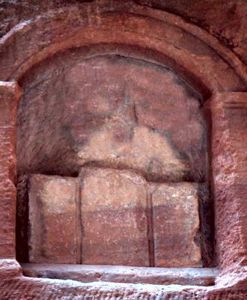
The Jews, also the children of Abraham use a cube shape block for certain celebrations
It is in Petra that the cube shape becomes associated with the symbol for God. All over the city you will find these symbols. Usually they are small altars. Each of these altars uses the cube shape to represent God. These are called Block Gods. You see, eventually the cube shape came to represent God. In a small altar, sometimes there was one block. Sometimes there are two blocks together, representing two Gods. Quite a few times you can find in the city of Petra three blocks together, representing three Gods, or as some call them, the three daughters of God.
The Qur’an clearly speaks to the residence of the Holy City: Believe in Allah and His messengers. And do not say, “Three”; desist - it is better for you. Indeed, Allah is but one God. They should not say three, but rather God is one. Quran 4:171 Now, during the time of the Greeks and the Romans, some people in the Holy City gave in to pressure from the surrounding nations. For those nations, their Gods had faces and personalities. So sometimes in Petra, one can find a Cube God with an added face. This practice was more popular during the time of the Romans.
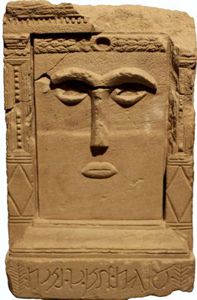
The Jews, also the children of Abraham use a cube shape block for certain celebrations
But originally all that was used was a cube shape to represent God, the God of Abraham.
Even the tombs were cube shaped! They were cut as great rectangles although had a few decorations but if you look at a tombs it is basically a rectangle. Where ever you find Nabataean tombs, you usually find it in the shape of a rectangle or a cube!
Block Gods with no face, rectangular tombs, and giant cubes set all around the city of Petra to mark out the sacred area, and right in the middle of the city, among all of the pagan temples, such as Dushara, Al-Uzza, Allat, and others, in the center of all of these temples, there was a plain cube shaped structure where the Children of Ishmael remember Abraham, and where they worship the God of Abraham. Even when they became polytheists, they still remembered Abraham worshiped a God without a face and without hands. Eventually they became polytheis but they still remembers Abraham and associated him with a the simple Cube structure.
If you are looking for the origin behind the cube called the Ka’ba in Saudi Arabia, turn to the city of Petra in Jordan, known as the Mother of all Settlements, and there you will find the oldest sacred structure is nothing more than a cube shaped structure to remember the God of Abraham.
I am Dan Gibson, and this has been another video in the series Question and Answers
NOTE:
Tefillinor phylacteries, are a set of small black leather cubes containing scrolls of parchment inscribed with verses from the Torah. Tefillin are worn by observant adult Jews during weekday morning prayers. In Orthodox communities, it is only worn by men, while in non-Orthodox communities, it may be worn by men and women.
Although “tefillin” is technically the plural form (the singular being “tefillah”), it is often used as a singular as well. The arm-tefillah (or shel yad) is placed on the upper arm, and the strap wrapped around the arm, hand and fingers; while the head-tefillah (or shel rosh) is placed above the forehead. It is intended to fulfill the Torah’s instructions to keep as a “sign” and “remembrance” of the Exodus, signifying that God brought the children of Israel out of Ancient Egypt.
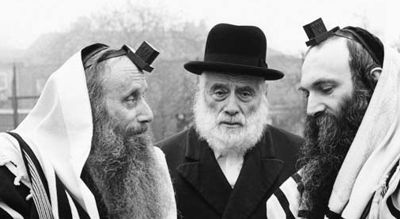
The Jews, also the children of Abraham use a cube shape block for certain celebrations
The biblical verses often cited as referring to tefillin are obscure. Deuteronomy 11:18, for instance, does not designate what specifically to “bind upon your arm”, and the definition of “totafot between your eyes” is not obvious. Karaite Judaism understands the verses to be metaphorical. However, at least as early as the 1st century CE, many Jews understood the verses literally and wore physical tefillin, as shown by archaeological finds at Qumran and a reference in the New Testament.
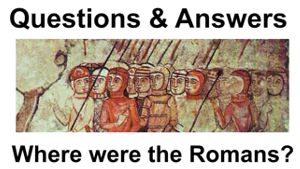

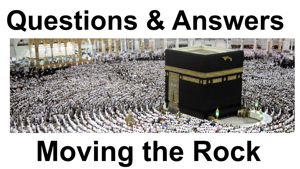
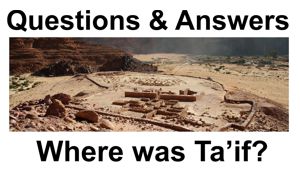
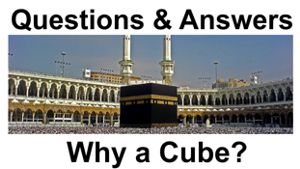

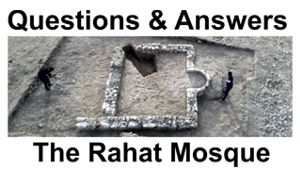
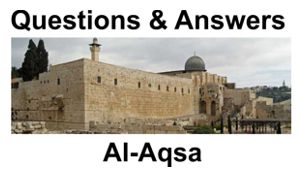
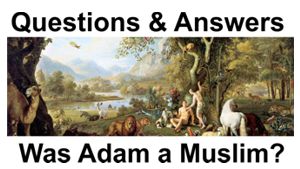
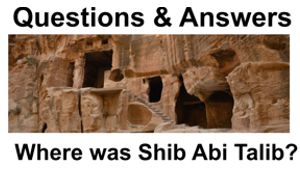



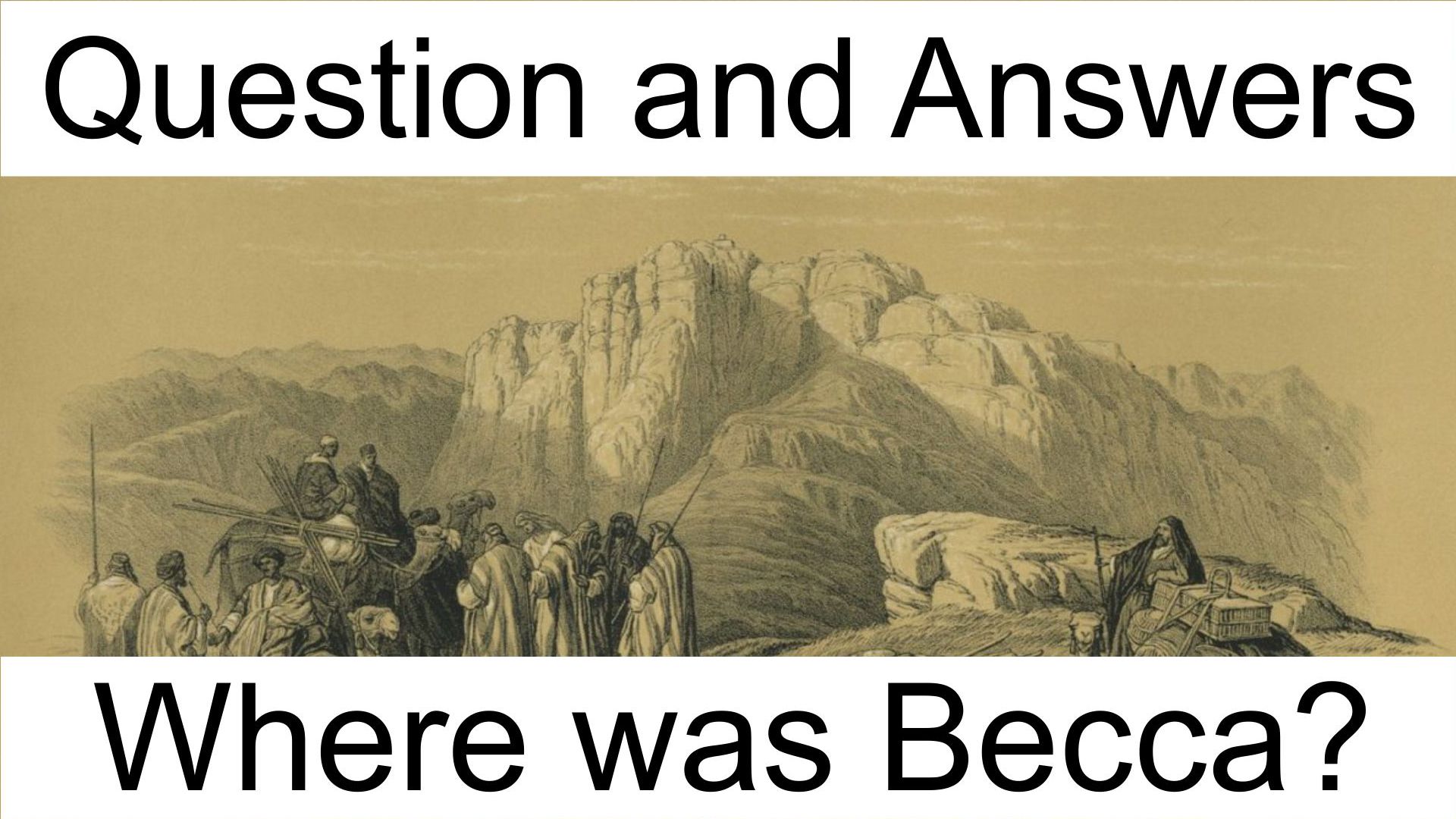
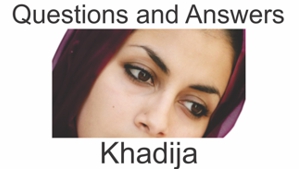
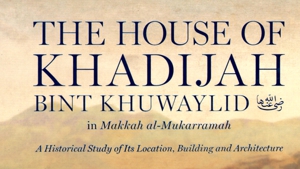
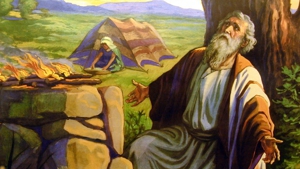
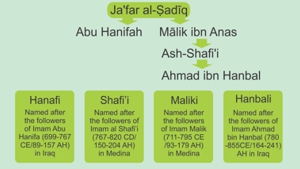

Page Discussion
Membership is required to comment. Membership is free of charge and available to everyone over the age of 16. Just click SignUp, or make a comment below. You will need a user name and a password. The system will automatically send a code to your email address. It should arrive in a few minutes. Enter the code, and you are finished.
Members who post adverts or use inappropriate language or make disrespectful comments will have their membership removed and be barred from the site. By becoming a member you agree to our Terms of Use and our Privacy, Cookies & Ad Policies. Remember that we will never, under any circumstances, sell or give your email address or private information to anyone unless required by law. Please keep your comments on topic. Thanks!